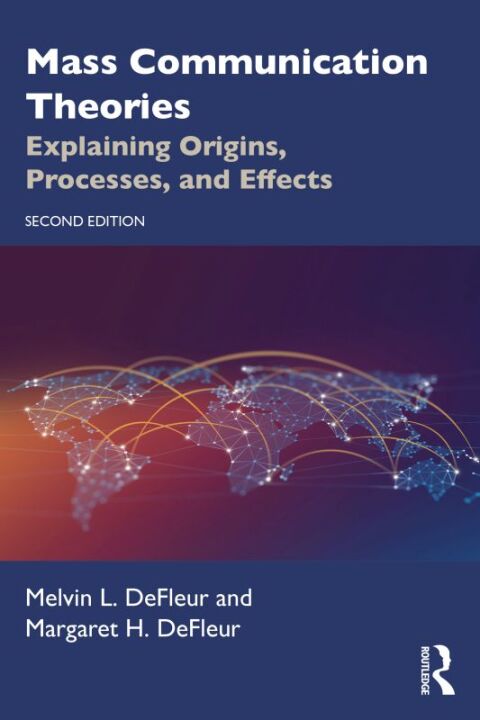Description
Efnisyfirlit
- Cover Page
- Half-Title Page
- Title Page
- Copyright Page
- Dedication Page
- Contents
- Preface
- Introduction
- 1 Shaping the American Mass Media: An Overview
- 2 Introduction to the Origins, Nature, and Uses of Theories
- PART I The Intellectual Foundations of Media Studies
- 3 The Scientific Method and the Social Construction of Reality: The Contributions of Philosophy
- 4 Public Opinion as Shaped by the Press: The Contribution of Political Science
- 5 Cognitive Processing: The Contribution of Psychology
- 6 The Concept of Mass Society: The Contribution of Sociology
- PART II The Beginnings: Early Theories of Mass Communication
- 7 James Bryce’s 19th Century Theory of Public Opinion and the Press
- 8 Walter Lippmann’s 1920s Theory of Unintentional News Distortion: Implications for the Nature of Public Opinion and Public Policy
- 9 The “Magic Bullet” Theory of Uniform Effects
- PART III Theories of Mass Communication Processes and Effects
- 10 The Selective and Limited Influences Theory
- 11 The Two-Step Flow of Communication Theory
- 12 Gatekeeping Theory
- 13 Agenda-Setting Theory
- 14 Framing Theory
- PART IV Theories of Influences on Individuals
- 15 Uses and Gratifications Theory
- 16 Modeling Behavior and Social Cognitive Theory
- 17 Social Expectations Theory
- PART V Theories of Influences on Society and Culture
- 18 Media-Influenced Diffusion of Innovation Theory
- 19 A Theory of Audience and Media Dependency on Popular Culture
- 20 Cultivation Theory
- 21 Critical Cultural Perspectives: Interpretations of Media Influences on Individuals and Society
- 22 Additional Theories and Concepts
- Index





